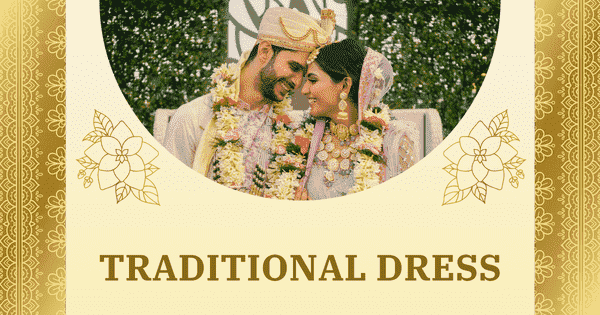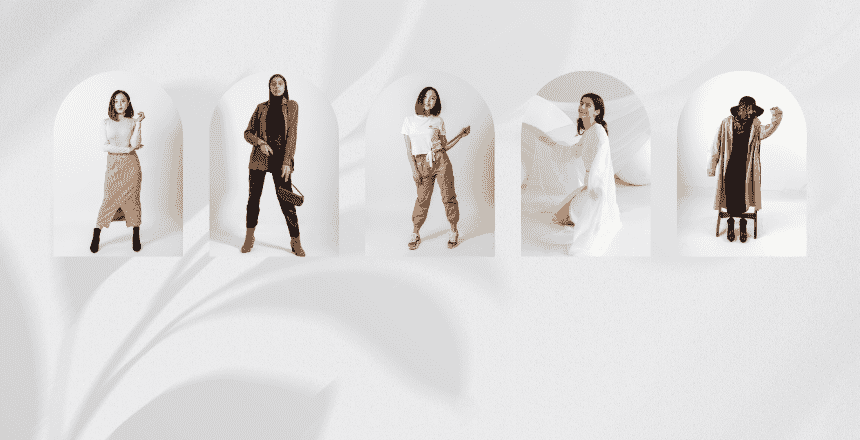Traditional Dresses Of Indian States Evolution of Indian Fashion
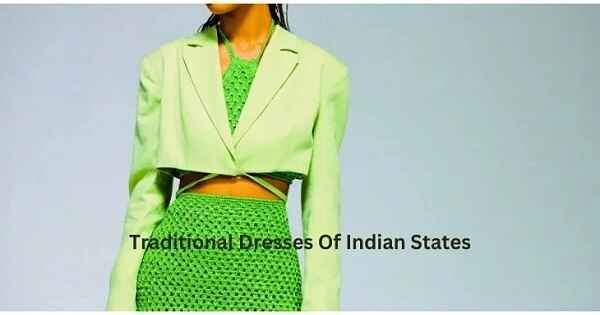
Ethnic Essentials for Every Woman
The Saree: भारत में पारंपरिक और रंगीन महिलाओं की पोशाक का सबसे लोकप्रिय टुकड़ा साड़ी है। वास्तव में, उपमहाद्वीप के हर क्षेत्र में पारंपरिक पोशाक की अपनी अलग शैली है। Although it might resemble a dress, the sari is actually a long, 13 to 30-foot length of fabric that is wrapped tightly around the woman’s waist. Although each area has a somewhat different wrapping manner, most prefer to start from the waist and finish around the shoulders to leave the midriff exposed. शादियों और अन्य महत्वपूर्ण अवसरों के लिए अधिक विस्तृत गुलाबी या लाल रंग की साड़ी उपयुक्त है। All these saris available in nearby ready garment shops.
History of the Saree
The saree initially appeared in the Indus Valley Civilization around 2000 BC. The term “saree” originated from the term “swastika,” which is used to describe women’s clothes in the earliest Buddhist scriptures.
Its original form was the POS providing information about Indian traditional dress. Providing informaProviding information about Indian traditional dress.Providing information about Indian traditional dress.Providing information about Indian traditional dress.Providing information about Indian traditional dress.Providing information about Indian traditional dress. about Indian traditional dress.Providing information about Indian traditional dress. hak, a three-piece suit consisting of a bottom garment, a veil, and a chest band. The saree, a single garment, was eventually made from these three parts.
हालांकि कुछ भारतीयों का माननाहै कि मिडरिफ को कभी भी प्रकट नहीं करना चाहिए, एक प्राचीन भारतीय मान्यता यह मानती है कि सुप्रीम बीइंग की नाभि वह जगह है जहां जीवन और रचनात्मकता उत्पन्न होती है, यही कारण है कि साड़ी कोई मिडसेक्शन नहीं दिखाती है। Red is the most popular color for bridal sarees. Women dress in a variety of regional handloom saree styles composed of silk, cotton, ikkat, block-printed, and tie-dyed fabrics.
Patterns for draping
Sarees can be draped in over 80 different styles, offering a wide range of options for those who wear them. जैसा कि पहले कहा गया है, सबसे विशिष्ट तकनीक में साड़ी को कमर के चारों ओर लपेटना और कंधे के ऊपर ढीले सिरे को पहने हुए पेट को प्रकट करना शामिल है। Some fashions call for a specific length or form.
The main families of sari drapes include the following:
Nivi: The pleats are tucked into the waist at the rear after being threaded through the legs. The fashion trend from Andhra Pradesh is an original.
Bengali: There are no pleats in Bengali fashion. The saree is wrapped twice around the waist: once anticlockwise and once clockwise. Compared to the loose end used in the conventional method, this one is much longer and can also be used to cover the head. This look originated in the family of Indian poet laureate Rabindranath Tagore.
Accessories: A segment (between one and three feet) at the other end elaborates the lengthwise decoration. Sarees feature one plain end, two long decorated borders, and two long plain borders. पल्लू इस भाग का नाम है, जिसे नवी फैशन में कंधे पर लपेटा जाता है।
The saree was once woven from cotton or silk. Rich people used to dress in silk sarees that could be passed through a ring and were translucent. इसके बजाय, वंचितों ने सूती साड़ी पहनी थी। All of the sarees were, however, handmade.
The most basic sarees have stripes woven into the fabric, while the most affordable ones include block printing. अधिक महंगी साड़ियों में ब्रोकेड होते हैं जिन्हें कपड़े में बुना जाता था या अधिक जटिल फूलों की सजावट होती थी। An ornate border was occasionally created by weaving together threads of various colors. After weaving, sarees can also be embellished with colored silk thread, gold and silver threads, or valuable stones.
The majority of sarees made nowadays are woven on mechanical looms with synthetic (polyester, nylon, or rayon) fibers. बेशक, हाथ से बुने हुए सामान की कीमत मशीनों द्वारा बनाई गई चीजों की तुलना में बहुत अधिक होती है।
Even while the handwoven saree business is not as thriving as it once was, this style of saree is still preferred, particularly for weddings.
Salwar Suit: The Salwaar Kameez (available in nearby ready garment shops) is another well-known item of attraction for Indian women. The costume is remarkably different, despite the fact that it could initially seem to be identical to the sari. यह रैपराउंड क्लॉथ के बजाय फुल क्लोथिंग पहनावा है. The ensemble consists of the kameez, a tunic with elaborate embroidery, and the salwar, loose pants that get tighter at the ankles. कई महिलाएं अपने लुक को दुपट्टे या ओढ़नी के साथ पूरा करना पसंद करती हैं, एक विशेष प्रकार का घूंघट जो उनके सिर और कंधों को ढकता है।
History of Salwar Suit
The Mughals, who were Muslim rulers of India, are thought to be the source of the salwar kameez’s design. सलवार कमीज, जो शुरू में पंजाब का क्षेत्रीय परिधान था, ने अंततः भारतीय महिलाओं के बीच लोकप्रियता हासिल की। Even girls between the ages of 12 and 16 were required to wear the salwar kameez at government schools in India starting in the 1980s. Many of these women continued to wear salwar kameez after enrolling in colleges and universities and starting jobs.
There weren’t many Indian ladies living in Singapore before World War II. At that time, the Indian community was primarily made up of single males who arrived as laborers or businesspeople. युद्ध के बाद ही अधिक भारतीय महिलाएं अपने पति या परिवार के साथ रहने के लिए सिंगापुर पहुंचीं। This post-war wave of female Indian migrants included women from the Punjab region, and it was they who popularised the salwar kameez among the Indian community in Singapore.
Women of Punjabi heritage are no longer the only ones who can wear salwar kameez in modern Singapore. पोशाक भारत सहित सभी राष्ट्रीयताओं की महिलाओं के बीच लोकप्रिय है, क्योंकि यह आरामदायक, उचित मूल्य और शरीर पर आकर्षक है।
Indian States and Their Traditional Dresses Cultural Relevance
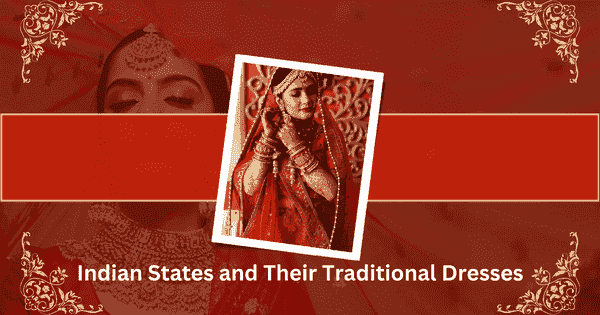
History of Lehenga Choli
Like any other clothing, the lehenga choli is greatly influenced by styles and trends. The popular cuts and styles for the season will inevitably shift. इसमें बॉलीवुड की एक बड़ी भूमिका है – न केवल एक संगठन की लोकप्रियता को परिभाषित करने और अलग करने के संदर्भ में, बल्कि गहनों और एक व्यक्ति की समग्र छवि के संदर्भ में भी.
For instance, the employment of this jewelry type in Bollywood historical epics has greatly contributed to the resurgence of traditional Kundan jewelry’s popularity with bridal lehengas. दूसरी तरफ, कई महिलाएं अधिक वेस्टर्न, ग्लैमरस लुक के लिए चमकदार हीरे के कंगन और चमकदार पोल्की झुमके के साथ लहंगे को एक्सेसराइज़ करना पसंद करती हैं।
Best Traditional Dress Ideas Ethnic Wear for Men
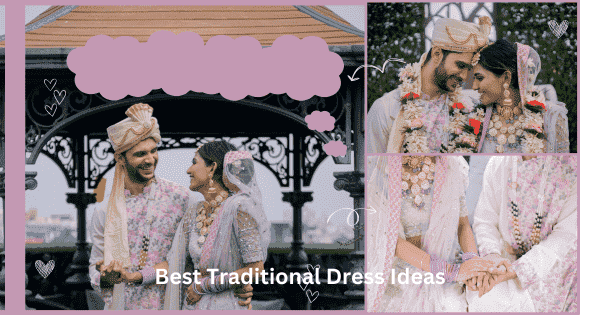
The significance of traditional Indian ethnic clothing for celebrations
Indians hold their cultural and religious practices in high regard and consider them to be sacred. त्योहारों पर पारंपरिक जातीय पोशाक पहनना पारंपरिक मूल्यों का सम्मान करने के अलावा एक दूसरे के लिए प्यार, सम्मान और प्रशंसा प्रदर्शित करने का एक तरीका है, जो समय की शुरुआत से एक पीढ़ी से दूसरी पीढ़ी तक पारित किया गया है। Such attire produces a particular aura of heritage and culture that makes everyone feel proud while simultaneously making them look stunning and fashionable.
Women always like outfits with embroidery throughout the festival season. These outfits were made by fusing traditional and modern design elements.
It is possible to say that Indian ethnic clothing and Indian culture are two sides of the same coin, which denotes their interdependence and unity as a whole. इस तरह भारतीय यह व्यक्त करने में प्रसन्नता महसूस करते हैं कि उनकी समृद्ध, जीवंत संस्कृति और धार्मिक विश्वास उनके लिए कितना मायने रखते हैं। Get salwar kameez online with various designs and intricate embroidery to give your clothing a stunning appearance.
All we see in terms of ethnic fashion today is a result of Indians’ positive outlook and commitment to their cultural beliefs. दुनिया भर में भारतीय जातीय पोशाक की लोकप्रियता इन्हीं विचारों और विकास का परिणाम है। रेडीमेड ड्रेसमेकर्स के पास उपलब्ध डिज़ाइनर ड्रेसेस की एक विस्तृत श्रृंखला आपके त्योहार के उत्साह को बढ़ा सकती है।
Indian traditional clothing is deeply ingrained in Indian cultural beliefs. This is a religion that people of all ages passionately believe in and follow. During important life events like weddings, men and women alike want to dress traditionally. आपके आराम, रंग, शैली, डिजाइन और कपड़े की प्राथमिकताओं के आधार पर, ये पारंपरिक जातीय कपड़े कई प्रकार के डिजाइन और शैलियों में उपलब्ध हैं।
What Factors Determine the Popularity of Ready-Made Garments?
Daily usage of ready-made clothing is increasing. It now has the reputation of being lost. These days, ready-made clothing may be found everywhere: in towns, cities, on sidewalks, in stores, and large showrooms. In the past, only those with high incomes could afford to buy ready-made clothing, but today each income range can afford a wide variety of ready-made items.
वे अधिक वजन और कम वजन वाले व्यक्तियों के लिए, बड़े या छोटे, हर आकार में आते हैं। बच्चों, वयस्कों, बुजुर्गों, पुरुषों और महिलाओं सहित सभी जनसांख्यिकीय समूहों के लिए कपड़ों के कई विकल्प हैं। Also, there are garments accessible for every season, whether it is summer, winter, or rainy.
Pros of Readymade Garments
There is a wide selection of ready-made clothing: You do not need to wait till you have purchased the fabric of your choice and then search for a reputable tailor to sew and provide you with your essential clothing. Accessible and available in a large variety of options, patterns, and designs are ready-made apparel. वे नवीनतम फैशन के साथ मौजूद हैं और किसी भी अवसर या समारोह के लिए पहने जा सकते हैं।
There are numerous styles and materials for ready-made clothing: There is an unmatched variety of fabrics and styles to pick from because रेडीमेड कपड़े व्यापक रूप से उपलब्ध हैं और इसका एक बड़ा बाजार है।
Individuals acquire clothing based on the season and the occasion: You receive what you desire, and it is ready-made. रेडीमेड कपड़ों ने जीवन को आसान बना दिया है, चाहे वह सर्दियों के लिए गर्म कपड़े हों या गर्मियों के लिए आरामदायक कपड़े।
It helps to save time: You don’t have to start by purchasing the cloth, then find a reputable tailor, provide your measurements, and wait for the finished item. रेडीमेड कपड़ों के साथ यह तुरंत हो जाता है।
You acquire the most recent fashion trends: This can be one of the main factors behind the popularity of ready-made clothing. बड़े पैमाने पर उत्पादन में प्रवेश करने से पहले और फिर बड़े पैमाने पर तैयार कपड़ों का उत्पादन करने के लिए अग्रणी कपड़ा निर्माता अपने कपड़े डिजाइन करने के लिए शीर्ष स्तरीय डिजाइनरों और फैशन विशेषज्ञों को नियुक्त करते हैं।
Cons of Readymade Garments
Measurements can be a problem: Sure, there are occasions when you may want a dress लेकिन इसे पास करना होगा क्योंकि आकार आपके लिए बहुत छोटा है।
The right fit could be problematic: It frequently occurs that you purchase a ready-made item that you like, but it does not sadly fit you well. It’s possible that the shoulder or the sleeves don’t quite suit you well.
कुछ तैयार कपड़ों में घटिया सामग्री और सिलाई हो सकती है।
Conclusion
